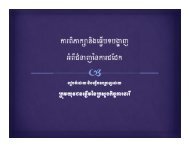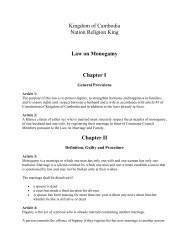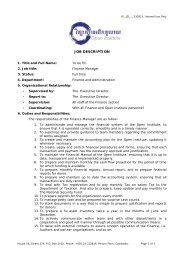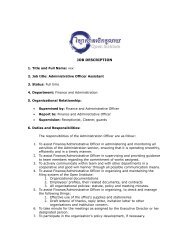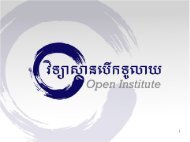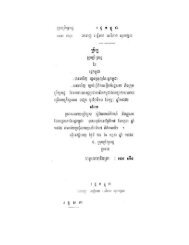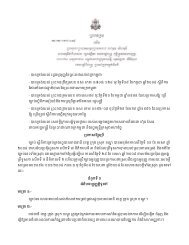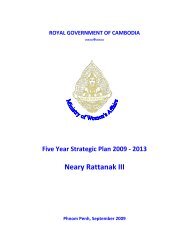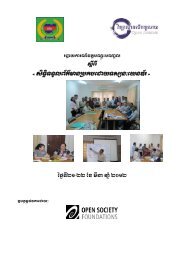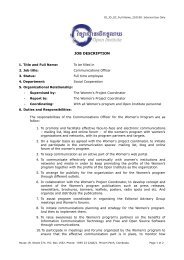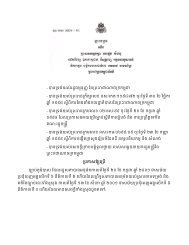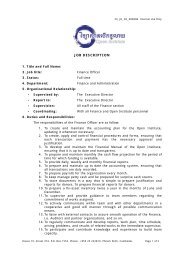Education Education An approach to some basic Indicators for ...
Education Education An approach to some basic Indicators for ...
Education Education An approach to some basic Indicators for ...
You also want an ePaper? Increase the reach of your titles
YUMPU automatically turns print PDFs into web optimized ePapers that Google loves.
Catalog of Indica<strong>to</strong>rs Work/Labor 101 Name of indica<strong>to</strong>r: Employment <strong>to</strong> population ratio (ETPR)Definition: Percentage of persons employed <strong>to</strong> <strong>to</strong>tal persons in the labor <strong>for</strong>ce, measures the proportion of the country's working-‐age population that is employed. It is typically disaggregated by sex and by age group. This percentage is only <strong>for</strong> people in age working, usually 15 -‐ 64 years. Description: The employment-‐<strong>to</strong>-‐population ratio provides in<strong>for</strong>mation on the ability of an economy <strong>to</strong> create employment. Employment-‐<strong>to</strong>-‐population ratios are of particular interest when broken down by sex, as they can provide in<strong>for</strong>mation on gender differences in labor market activity in a given country. For policy purposes, employment-‐<strong>to</strong>-‐population ratios of youth and old are particular relevant. Sec<strong>to</strong>r: Work/Employment Subsec<strong>to</strong>r: Employment Sources: [1] Indica<strong>to</strong>rs of Sustainable Development: Guidelines and Methodologies. United Nation of Economic and Social Affairs. 2007. [2] Development Indica<strong>to</strong>rs Reference Manual: CONCEPTS AND DEFINITIONS. Asian Development Bank. 2004. [3] KEY INDICATORS FOR ASIA AND THE PACIFIC 2010. Asian Development Bank. 2010. [4] World Bank Databank [5] Labour and Social Trends in Cambodia. 2010.ILO Unit of measuring: Percentage Formula: LTUWR = LTUOTWWP ×100 ETPR = WP 15−64TWP 15−64×100 Formula explained: It can be calculated with the division of the age working population (15-‐ 64 ages) that is working among the <strong>to</strong>tal age working population, and multiplied by 100. Employment <strong>to</strong> population ratio is calculated by number of working people divided by <strong>to</strong>tal population of one country in a specific year. The working <strong>for</strong>ce and population only include individuals, whithin the working age (15-‐ 64 ages). The study of this indica<strong>to</strong>r is by age and sex, and taking in<strong>to</strong> account the variable educational. In general, a high ratio is considered <strong>to</strong> be above 70 percent of the working-‐age population whereas a ratio below 50 percent is considered <strong>to</strong> be low. In <strong>for</strong>mula: ETPR= Employment <strong>to</strong> population ratio; WP(15-‐64)= age working population (15-‐ 64 ages) that is working; TWP(15-‐64)= <strong>to</strong>tal age working population (15-‐64). For Women: WETPR: Women employment <strong>to</strong> population ratio= WW (15 -‐ 64)




